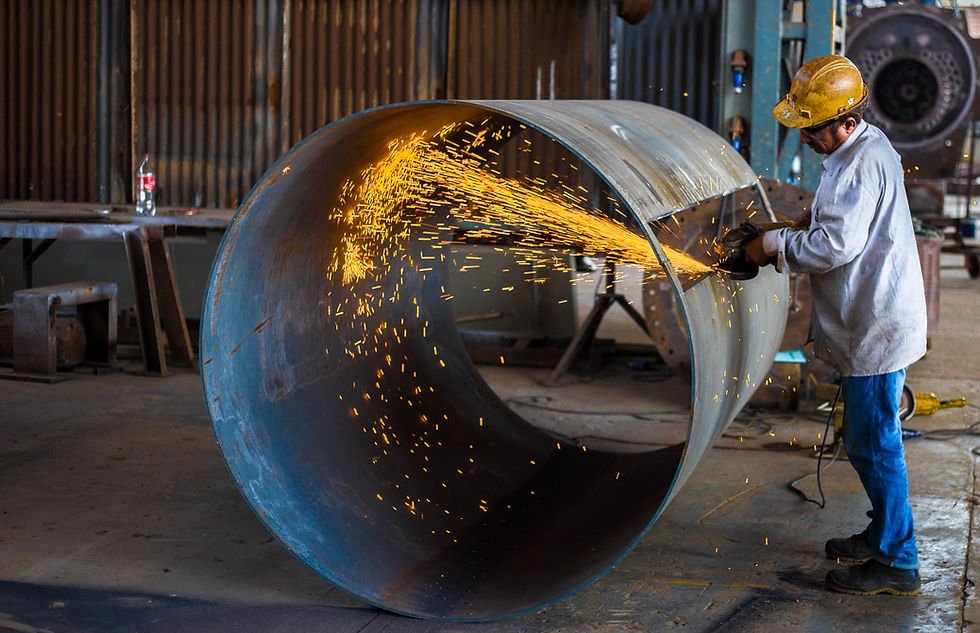Solidification: Its Effect on Phase Formation and Linking to Metallography
- Kathryn
- Dec 10, 2021
- 2 min read
Updated: Nov 18, 2023

Simply put, when liquid metal and alloy cools, it solidifies. The rate of solidification and the chemical composition affects the structure and properties of the metal or alloy.
The term 'casting' is referred to the liquid metal poured into a mould cavity under controlled conditions, and then the solidification process takes place. Liquids needs to be cooled below their freezing points for solidification to take place, and the rate of the heat loss from the mould produces a range of crystals or grains.
As solidification progresses in pure metal, the atoms become more 'ordered' within the molten metal where the crystals will grow; this process continues as more heat is lost.
As the metal solidifies, the cooling rate affects the crystals growing inwards, changing their shape, size and orientation.
Solidification happens when the formation of crystals is near the mould (which are metal producing) are small in equiaxed (meaning their axes orientate randomly). When the metal solidifies, the atoms become more ordered and the crystal axes grow perpendicular to the mould. The shape of these crystals is known as columnar in metals and alloys.

Solidification of alloys takes place over a range of temperatures. During this process, the separation of solids at different temperatures possesses varying compositions producing phases of different compositions.
Metallography is the examination of the microstructure of grains analysed using a microscope
The effects of the cooling rate could lead to a range of fractures identified in metallography examinations. There are two main types of fracture: Ductile Fracture and Brittle Fracture. Both fractures have distinctive features when examined under metallography conditions at macroscopic and microscopic levels.

Also, features like the formation of dendrites, porosity, inclusion formation and effects of the heat treatment process are examined by metallographic macro and micro sections, as shown in this microscopic image.
Check out our web training course Process of Solidification and its Relationship to Phase Diagrams (m-cets.co.uk)
M&C is a training provider for the metallurgy and casting industry, delivering bespoke courses, mini-courses via interactive web-training and workshops on subjects relating to metallurgy. |









Comments